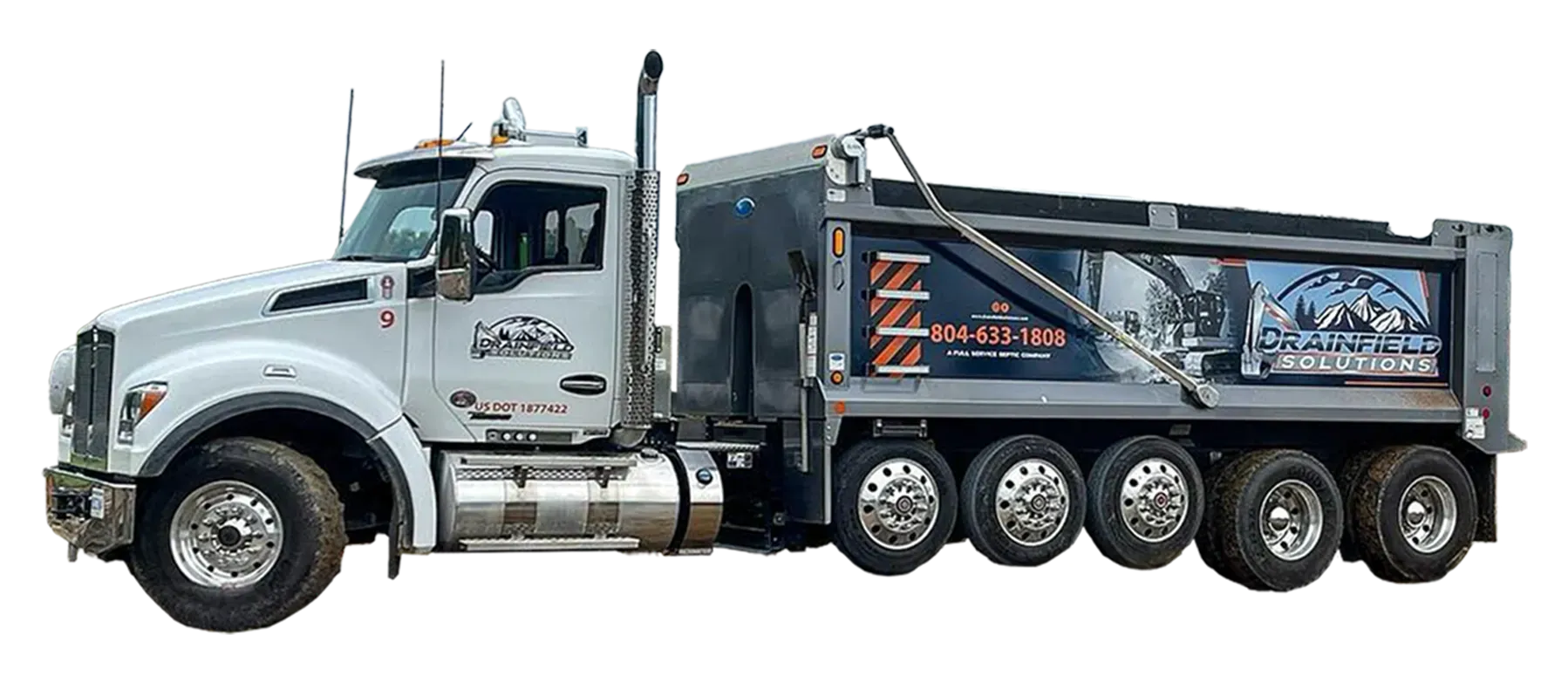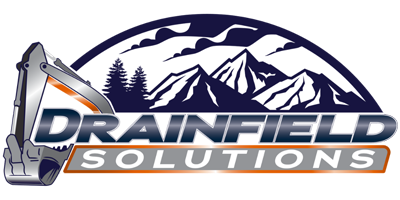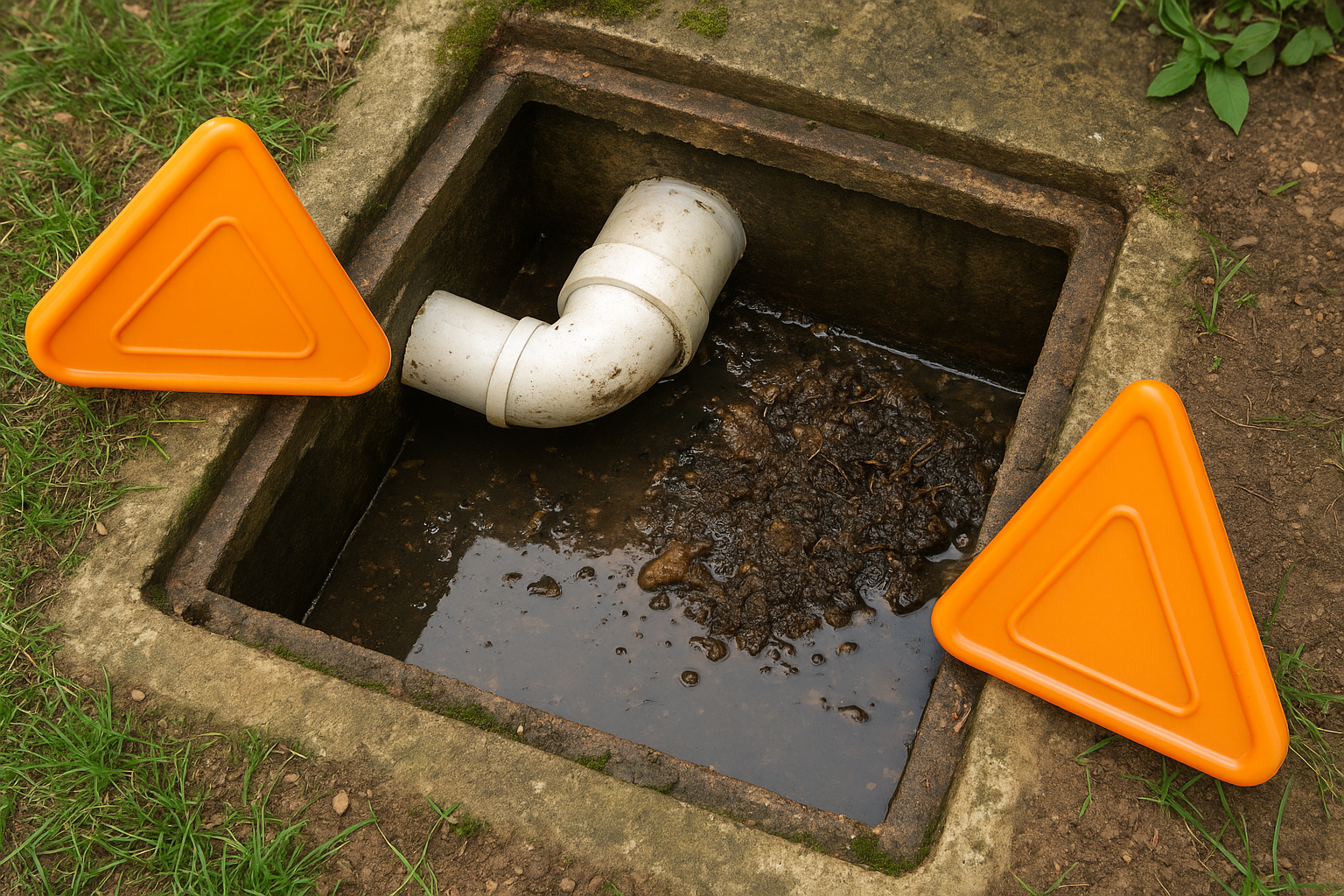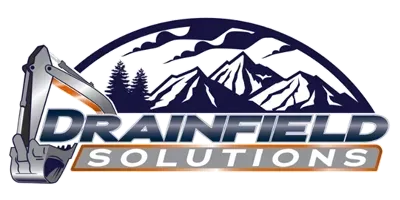
Guide to Drainfield Clogging: How to Address It And Get Your Septic System Back on Track
March 1, 2025
Addressing septic drainfield clogging can feel like the plumbing equivalent of a traffic jam—everything slows down, nothing flows, and frustration builds. But before you let the stress bubble over, know that clogs are a common issue with straightforward solutions. With the right approach and a little tender loving care, you can restore your drainfield’s functionality and keep your septic system humming along.
What Causes Drainfield Clogging?
Your drainfield is designed to disperse and filter wastewater into the soil, but it can run into trouble if something disrupts the flow. Excess solids in the septic tank are a common culprit. When the septic tank isn’t pumped regularly, solids can migrate into the drainfield, clogging pipes and soil. Another issue is biomat overgrowth, the slimy organic layer that naturally forms around pipes. While it’s part of the filtration process, excessive growth can choke the system.
Tree roots, always searching for moisture, can infiltrate and block pipes, while compacted soil from heavy traffic or poor landscaping practices prevents proper drainage. Additionally, hydraulic overload—too much water entering the system at once—can overwhelm your drainfield, leading to backups and clogs.
Signs of a Clogged Drainfield
Not sure if your drainfield is clogged? Here are some red flags to watch for:
- Slow Drains: Water taking forever to leave sinks, tubs, or toilets is often a telltale sign.
- Standing Water: Puddles or soggy spots in your yard, especially near the drainfield.
- Sewage Odors: Unpleasant smells wafting from your yard or septic tank area.
- Lush Vegetation: While a green lawn is nice, overly lush or fast-growing grass above the drainfield can indicate a problem.
- Backups: Wastewater or sewage backing up into your home is a clear sign of trouble.
If you notice any of these symptoms, it’s time to act before the issue escalates.
How to Fix a Clogged Drainfield
The first step to addressing a clogged drainfield is pumping your septic tank. If solids have migrated into your drainfield, chances are your tank is overdue for septic tank pumping. This essential maintenance removes excess solids and gives your system a clean slate. Regularly scheduled pumping—every 3–5 years for most households—can help prevent future clogs as well.
Next, take a look at your distribution box. The distribution box ensures that wastewater flows evenly across your drainfield. A damaged or clogged distribution box can lead to uneven flow, overloading certain areas and causing backups. Inspect the box for structural damage or blockages, and clean it out as needed.
If clogs persist in the drainfield lines, a sewer jetter might be the answer. This high-pressure water tool is perfect for clearing out blockages in perforated PVC pipes, restoring flow and efficiency. For tree root intrusions, mechanical drum augers equipped with root-cutting blades can remove roots without damaging the pipes.
Addressing Soil and Water Issues
1. Compacted soil
Another enemy of a healthy drainfield. When soil becomes dense, water has trouble percolating, leading to backups and clogs. Soil aeration can loosen the ground, improving drainage and helping your system function properly. This process involves creating small holes in the soil to allow better water flow and absorption.
2. Hydraulic overload
Another factor to watch out for. Too much water entering the system overwhelms the drainfield and can accelerate clogging. Repairing leaky faucets, fixing running toilets, and spacing out water-heavy activities like laundry or dishwashing can make a big difference. Installing water-efficient fixtures is another smart move to reduce strain on your system.
3. Biomat overgrowth
While part of the natural process, can also become a problem. Cutting back on garbage disposal use and avoiding non-degradable items in your drains can help slow biomat buildup. Regular septic tank maintenance will also reduce the chances of excessive biomat forming.
Preventing Future Clogs
Preventing clogs requires a mix of mindful practices and septic tank maintenance. Proper disposal is crucial—never flush non-degradable items like wipes, grease, or harsh chemicals that can disrupt the bacterial balance in your system. These materials can cause clogs, both in your pipes and the soil.
Routine septic tank maintenance is equally important. Schedule regular septic tank pumping and inspections to catch potential issues before they escalate. Keeping an eye on your system’s health ensures it operates efficiently and minimizes the risk of future clogs.
Water conservation plays a key role in protecting your drainfield. By reducing overall water usage, you’re reducing the strain on your system. Fix leaks, use water-efficient fixtures, and spread out high-usage activities to give your drainfield time to process wastewater effectively.
Why Choose Drainfield Solutions for Clogged Drainfields in Central Virginia?
When it comes to addressing a clogged drainfield in Bowling Green, Ruther Glen, Fredericksburg, Mechanicsville, Stafford, Falmouth, Dahlgren, King George, Mineral, or Richmond, professional help is your best bet. At Drainfield Solutions, we specialize in diagnosing and resolving septic system problems with minimal disruption to your daily life. From using sewer jetters to clear out blockages to septic tank inspections and repairing distribution boxes, we’ve got the expertise and tools to get your system flowing smoothly again.
As a family-owned and operated business since 2005, we take pride in offering tailored solutions for every home we serve. Whether it’s regular septic tank maintenance, emergency septic repairs, or advanced diagnostics, we’re here to help. Give Drainfield Solutions a call today at 804-633-1808 or visit our contact page to schedule a consultation or service.
Share Post
Latest Posts
Ready to Take the Next Step?
Whether you're in need of a system inspection or regular maintenance, Drainfield Solutions is here to help. Get in touch today for reliable service you can trust.






